If you created your website with Blogger but would now like to move to WordPress, this guide is for you.
By the time you’ve finished this guide, you’ll have what you need to migrate from Blogger to WordPress and take your website to the next level. Whether you want to start your own membership website and have realized that WordPress and its professional membership plugins are the best option, or you simply want to do more with your blog or website, migrating from Blogger to WordPress is the smart choice.
For clarity, this guide covers migrating to the self-hosted WordPress.org platform from Blogger, rather than to the hosted WordPress.com service. If you’re not sure which option is best for you, check out our article highlighting the main differences between the two versions.
Reasons to Migrate from Blogger to WordPress
Although there’s nothing wrong with Blogger, there are good reasons to move to a self-hosted WordPress website. For one, you get to choose from thousands of plugins that can enhance your site in numerous ways, including turning it into a membership site. Then there are the countless free and premium WordPress themes that can be used to design your website in almost any style imaginable.
However, if you’re reading this guide on migrating from Blogger, you’re probably already sold on why it’s beneficial to start using WordPress for your website instead. So let’s get started.
WordPress Migration Checklist
As we’re interested in moving to the more flexible and functional self-hosted WordPress platform, you will need to choose a web-hosting company for your new website.
You can find out more about your options in our guide to choosing the right web host, where our top recommendations are Rapyd Cloud, SiteGround and WP Engine.
Your new site will also need a domain name for its address—something either purchased from a site like Namecheap.com or provided by your choice of web host.
Once you have a WordPress-friendly web-hosting package and a domain name connected to your web space, you’re ready to start the migration process.
Install the WordPress Software
The open-source WordPress software is freely available from the WordPress.org website, but don’t just rush over and download it, because there’s a good chance your web host will give you the ability to install the software in just a few clicks.
Many web hosts use the cPanel software to facilitate the WordPress installation, but some hosts have their own way of handling this process. If you’ve signed up with a web host like SiteGround, who does use cPanel, you can quickly install WordPress by logging in to the cPanel.

Once you’ve logged in to the cPanel, you’ll see a section called “auto installers” or something similar. In this group of tools, there should be an option for WordPress. Clicking through to this tool lets you install WordPress on your web space in just minutes. Simply follow the on-screen instructions and your new WordPress website will be up and running in no time.
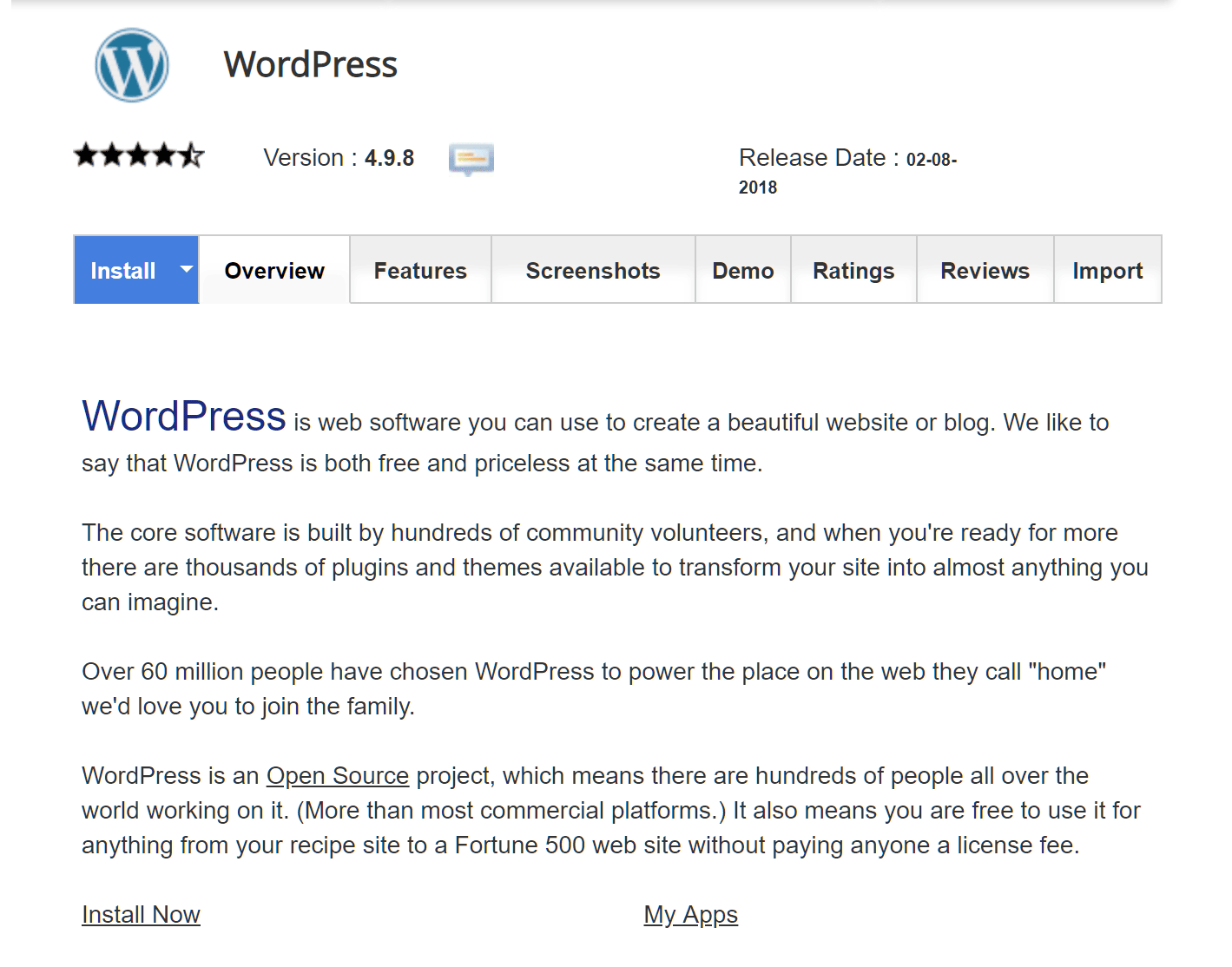
Export Your Content from Blogger
Although you can’t transfer your entire website from Blogger to WordPress, you can easily export content, such as posts and pages, and import it into WordPress. To do so, log in to your Blogger website and click on the Settings option on the sidebar menu.
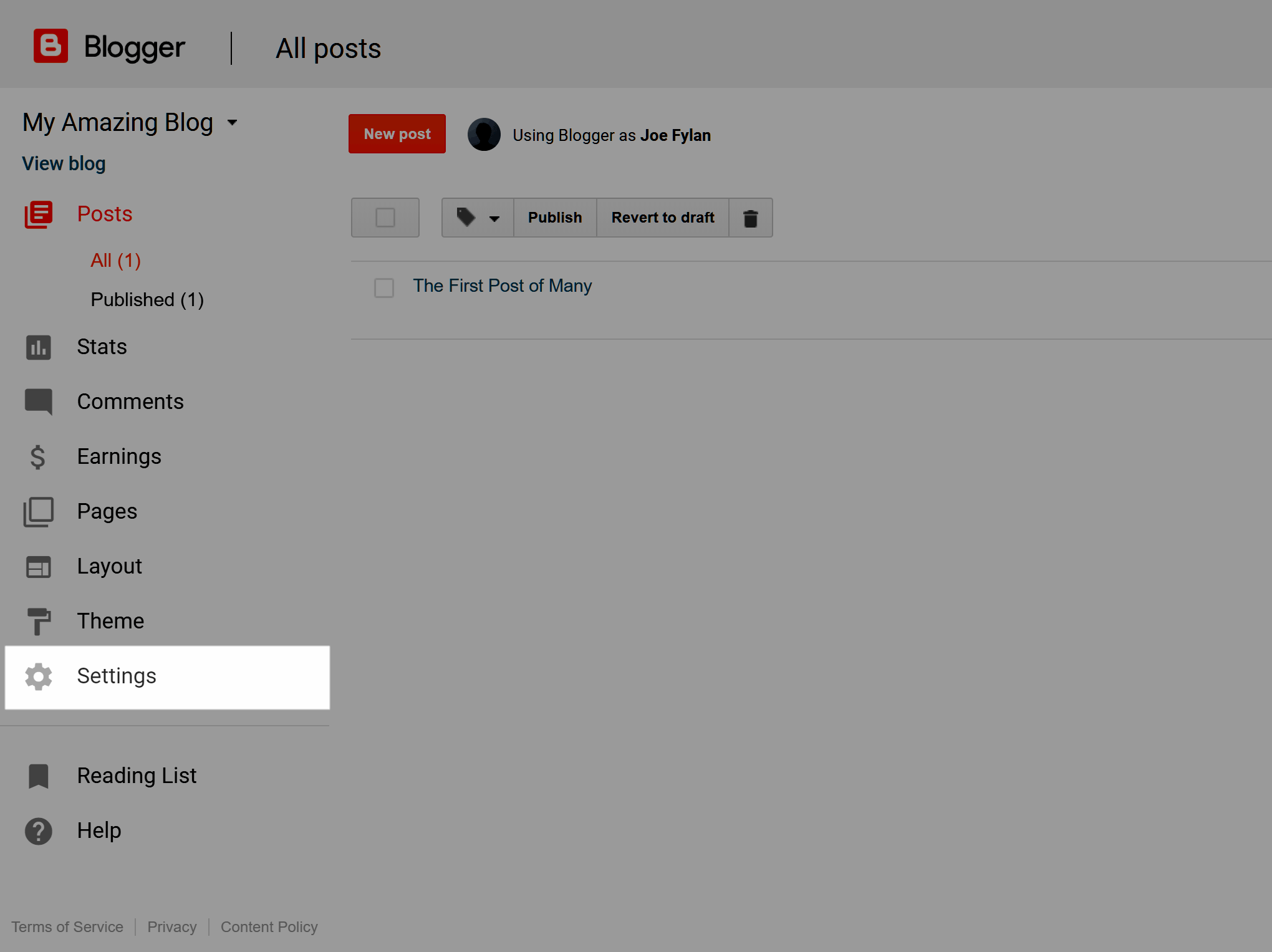
From the Settings page, click on the Other option on the Settings submenu.
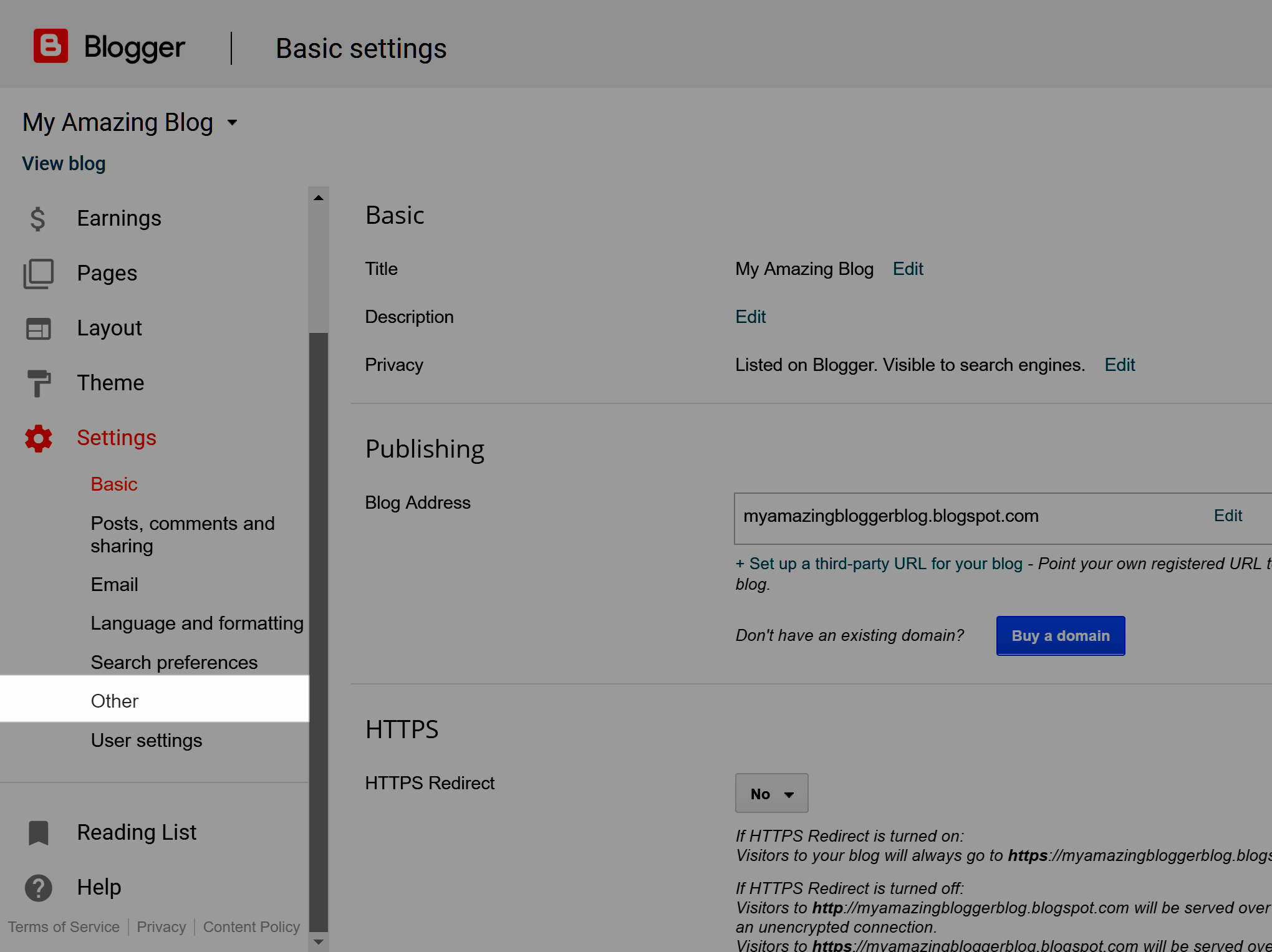
Now click on the Back up Content button to start the process of creating an archive of all of your Blogger site content.
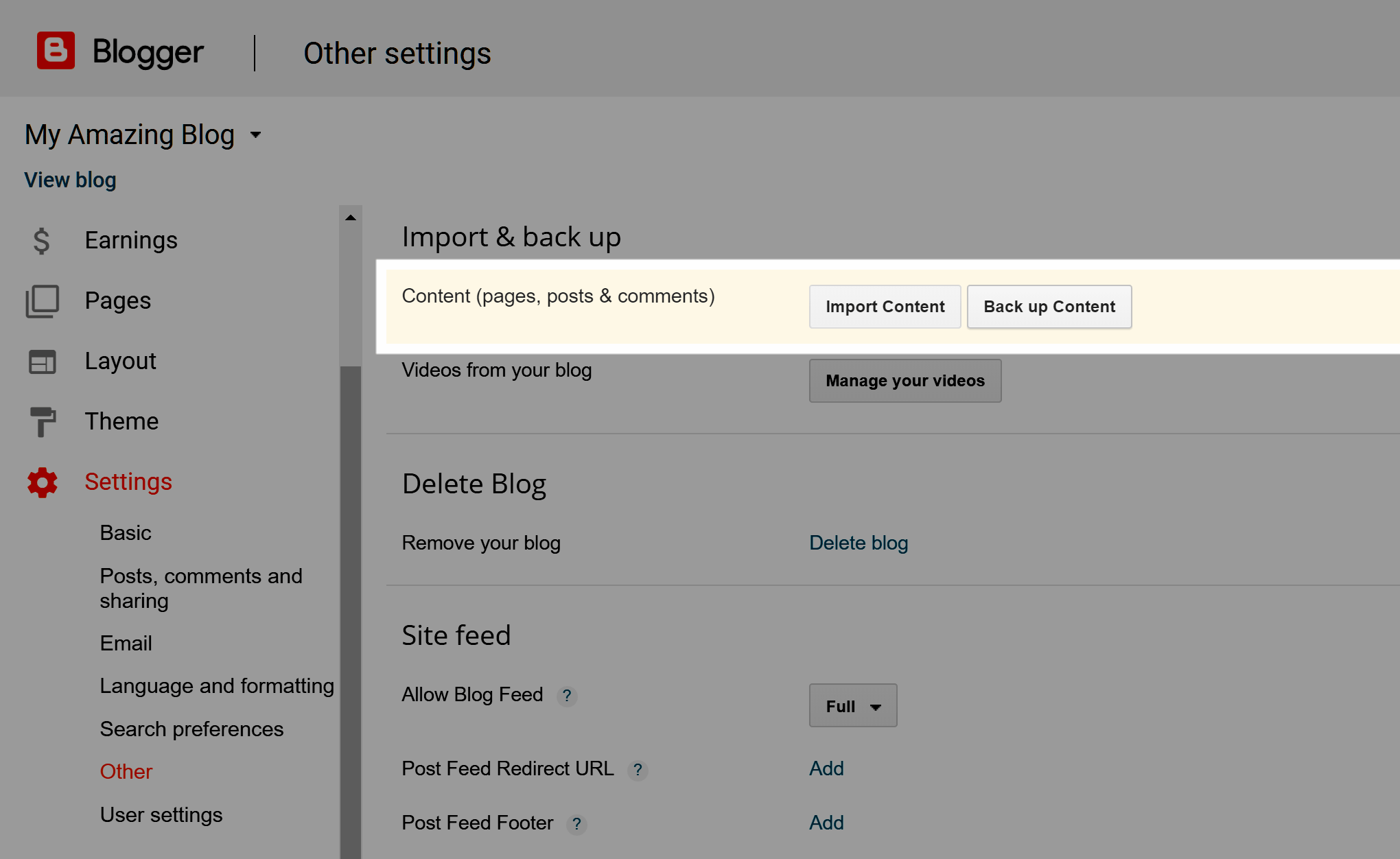
Click on the Save (to your computer) button when prompted and choose a location on your computer, such as the desktop or documents folders. Once the backup process is complete, you should have an XML file on your computer. This file can now be imported into WordPress to complete this part of your migration from Blogger.
Import the Content into WordPress
To import the file generated by Blogger, switch back to the WordPress website you created earlier. Log in to the dashboard, find the Tools item on the sidebar menu, and click on the Import item from the hover-activated flyout menu.
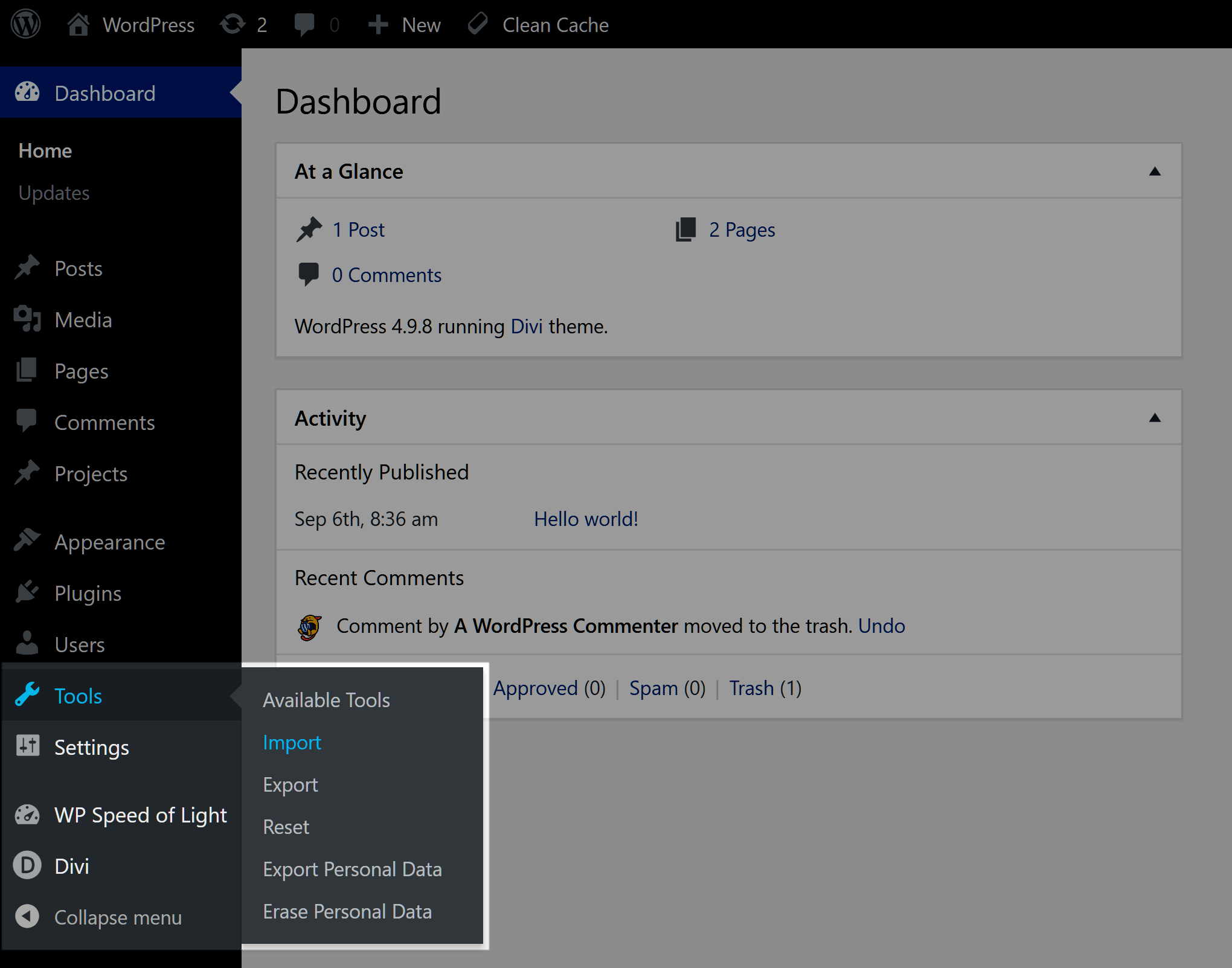
Now, find the Blogger option and click on the Install Now link under the Blogger heading.

Then click on the newly activated Run Importer link under the Blogger header. On the next screen, click the Choose File button, then select the file you generated in Blogger when creating the backup. Once you’ve chosen the file, click the blue Upload File and Import button.

On the next screen, you have the opportunity to choose which user on your WordPress website to assign as author of the content you are importing. In settings, you’re given the option of choosing an existing user on your WordPress website or creating a new author who those posts, pages, and other content are assigned to.
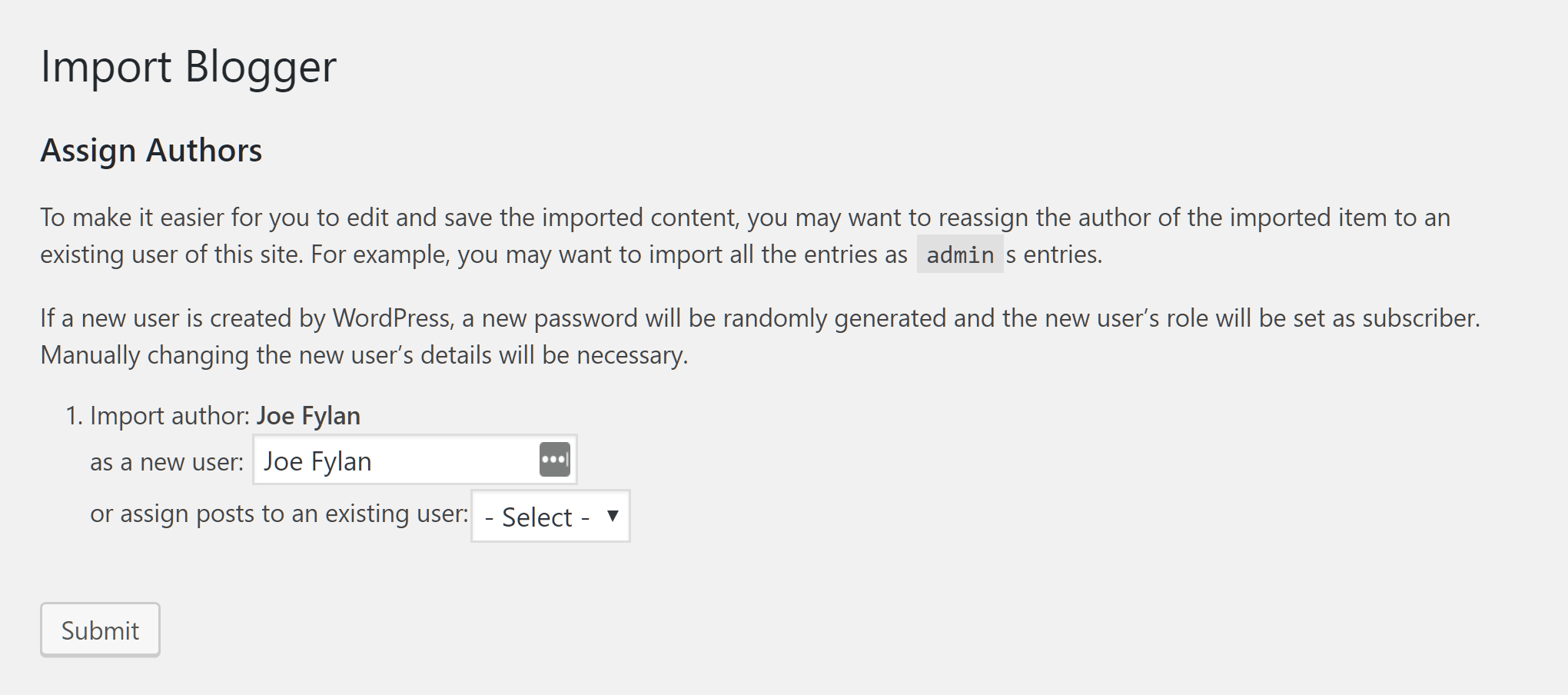
After you’ve made a selection, the import process should finish and your content from your old blog will have been migrated from Blogger to WordPress. To see if everything’s worked as it should, click on the Posts item on the sidebar menu. There, you see all the blog posts you imported from Blogger.
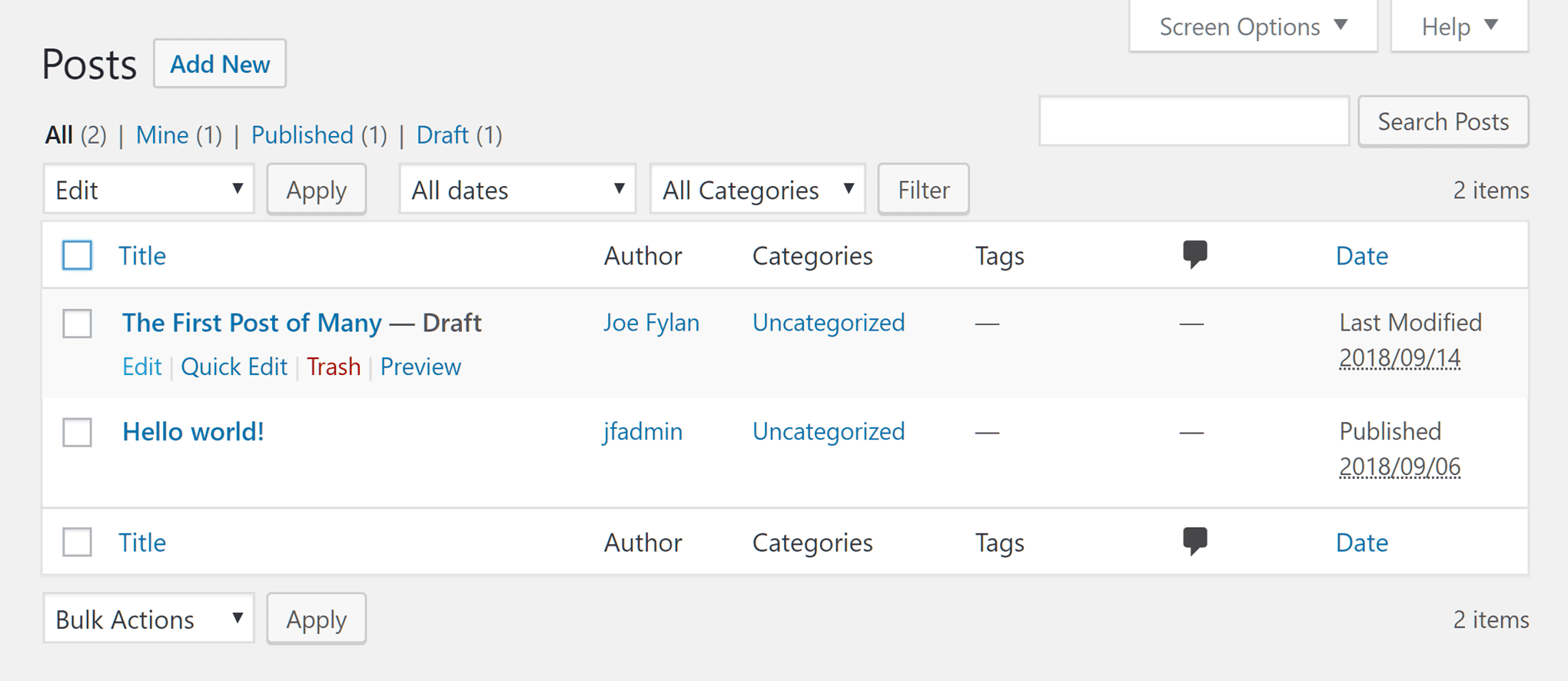
These posts will have been saved as drafts, so they must be published in order to make them live and publicly available. To do this, you must click on the Edit link under the post title. From the WordPress Editor, you can review the post. Once you’re happy with it, click the Publish button.
Customizing Your WordPress Website
One of the main benefits of moving from Blogger to a self-hosted WordPress website is the control you have over your site. When it comes to changing the appearance of your blog or website, there are countless WordPress themes to choose from, covering almost every style and purpose you can think of. You can also customize most of these themes using a page-builder tool, helping you to create a bespoke website, no coding skills needed.
The ability to add new features to your website by installing plugins is another reason people prefer WordPress over a service like Blogger. With plugins that add features like contact forms and discussion forums to your site or turn your website into a membership site and much more, you’re spoiled with choices when it comes to extending the capabilities of WordPress. Since there’s so much you can do with WordPress, to help you unlock the full potential of your new website, we’ve put together a list of resources for new WordPress users.
Final Thoughts
You now have all the information you need to migrate from Blogger to WordPress. Although the process isn’t entirely automatic, getting your content into WordPress from Blogger is pretty straightforward. Once that task has been completed, you can get started on setting up and customizing your website.
With the self-hosted version of WordPress, you really can do almost anything with your website, making it a much more useful platform than many hosted services, including Blogger.
Are you ready to move from Blogger to WordPress? Let us know how your migration goes in the comments below.

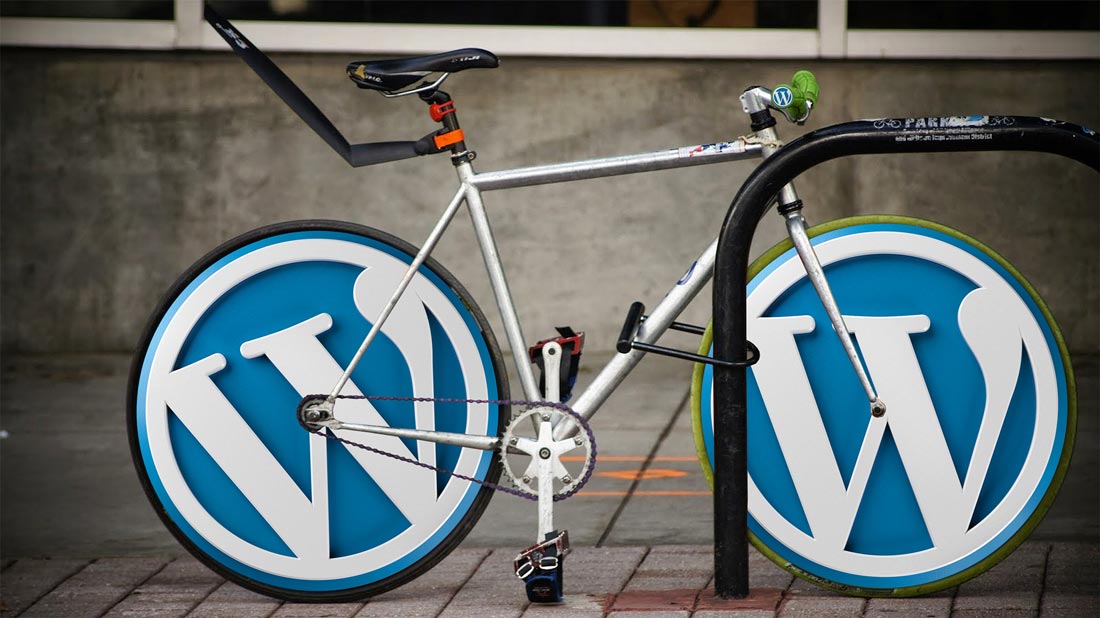











Add a Comment